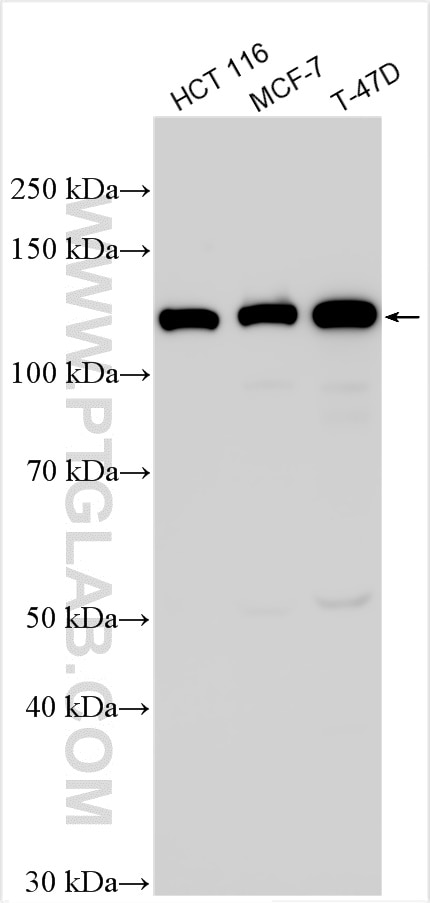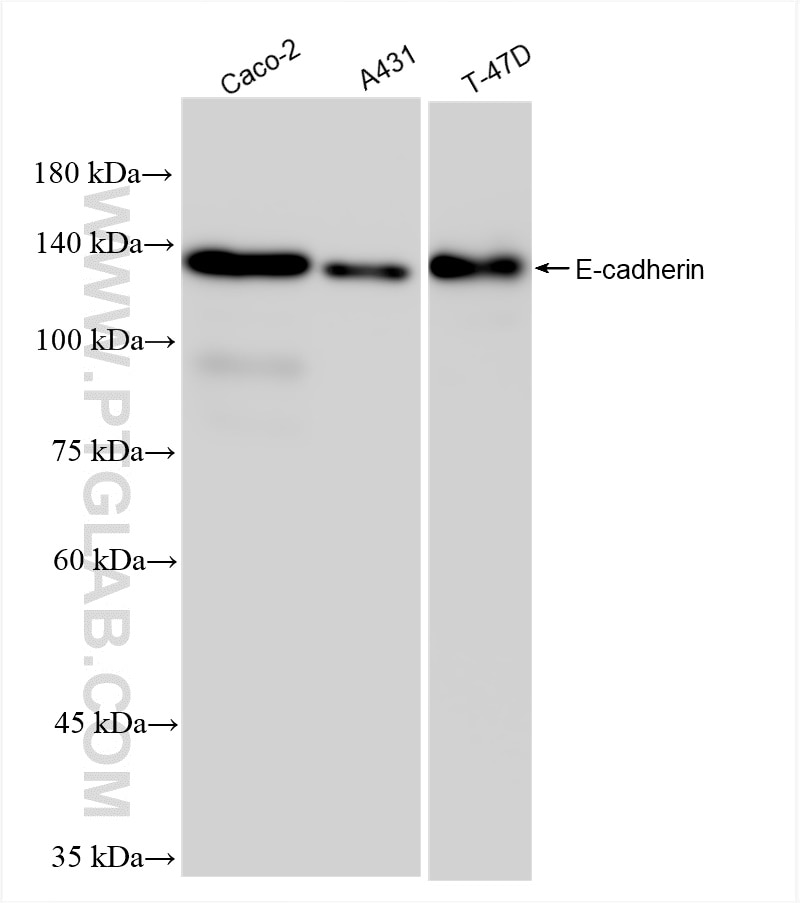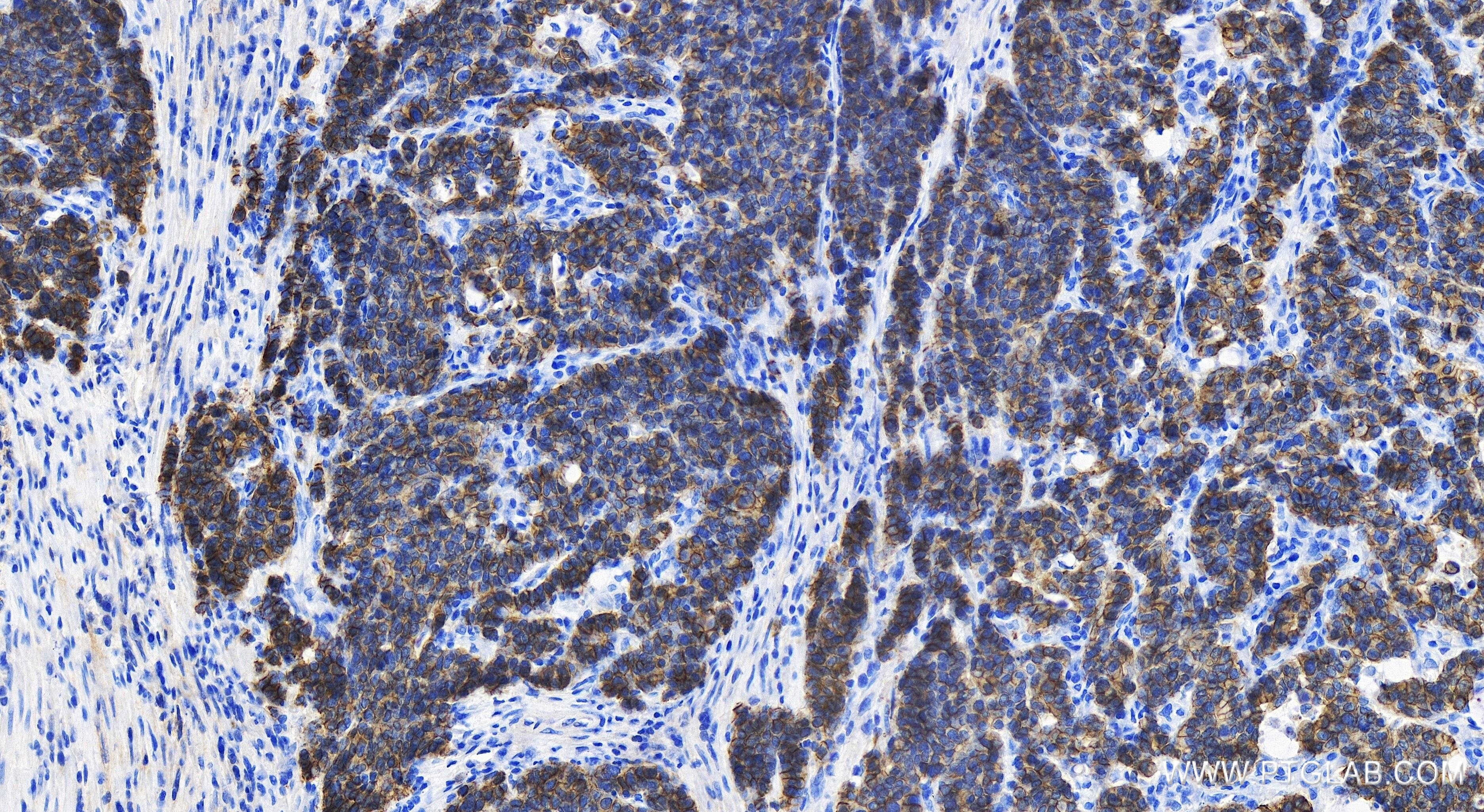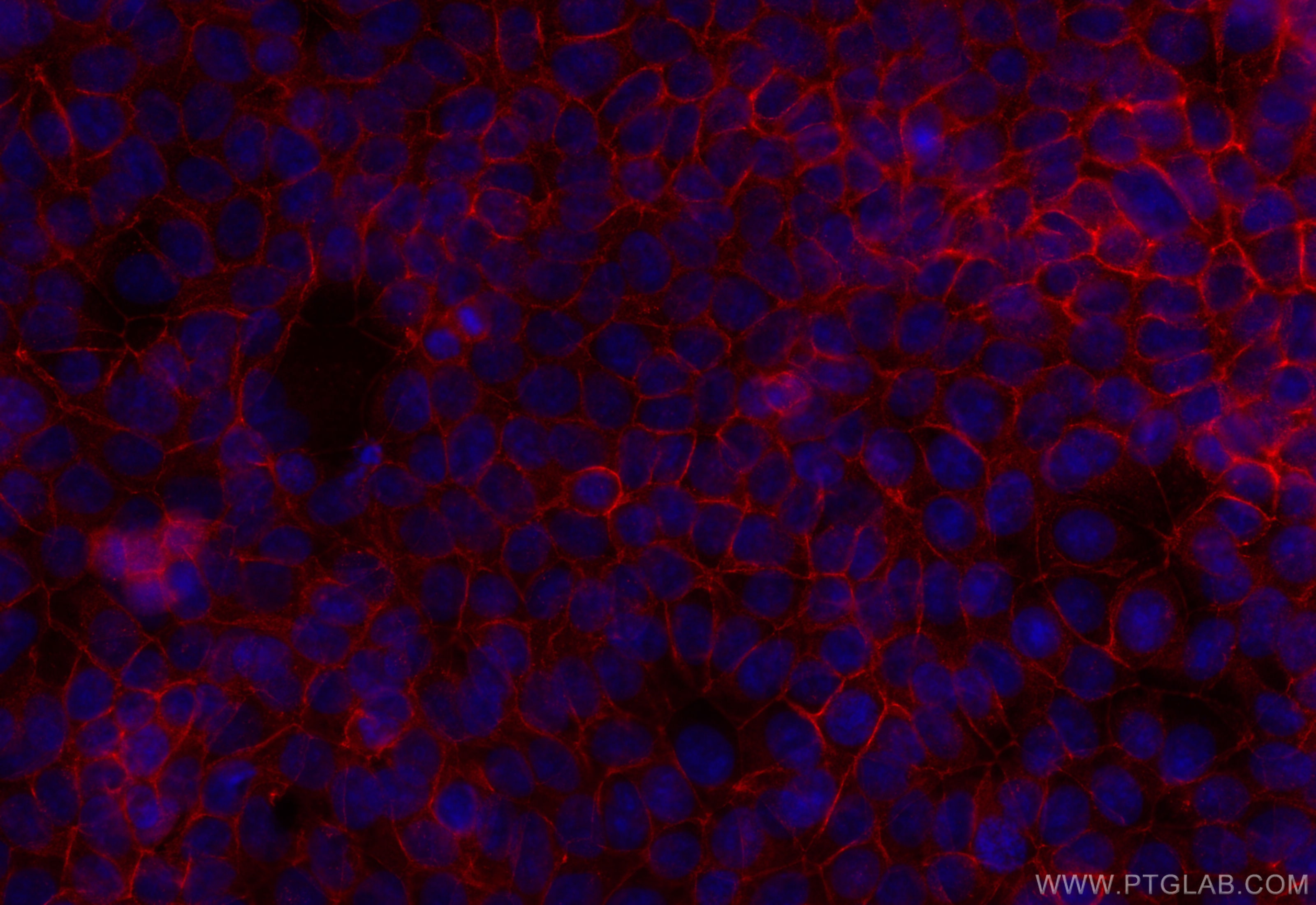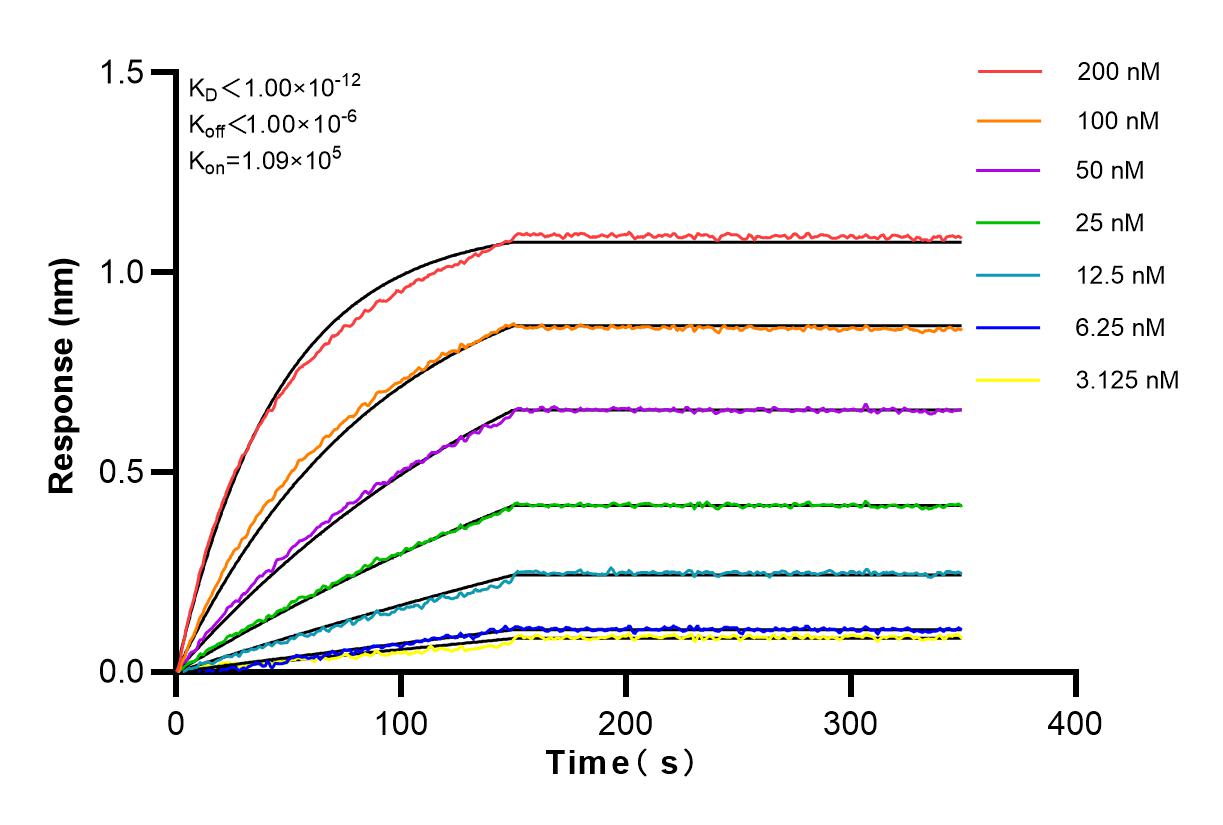E-cadherin Rekombinanter Antikörper
E-cadherin Rekombinant Antikörper für WB, IHC, IF/ICC, ELISA
Wirt / Isotyp
Kaninchen / IgG
Getestete Reaktivität
human und mehr (1)
Anwendung
WB, IHC, IF/ICC, ELISA
Konjugation
Unkonjugiert
CloneNo.
240159C10
Kat-Nr. : 80541-5-RR
Synonyme
Geprüfte Anwendungen
| Erfolgreiche Detektion in WB | HCT 116-Zellen, A431-Zellen, Caco-2-Zellen, MCF-7-Zellen, T-47D-Zellen |
| Erfolgreiche Detektion in IHC | humanes Magenkrebsgewebe Hinweis: Antigendemaskierung mit TE-Puffer pH 9,0 empfohlen. (*) Wahlweise kann die Antigendemaskierung auch mit Citratpuffer pH 6,0 erfolgen. |
| Erfolgreiche Detektion in IF/ICC | MCF-7-Zellen |
Empfohlene Verdünnung
| Anwendung | Verdünnung |
|---|---|
| Western Blot (WB) | WB : 1:5000-1:50000 |
| Immunhistochemie (IHC) | IHC : 1:200-1:800 |
| Immunfluoreszenz (IF)/ICC | IF/ICC : 1:250-1:1000 |
| It is recommended that this reagent should be titrated in each testing system to obtain optimal results. | |
| Sample-dependent, check data in validation data gallery | |
Veröffentlichte Anwendungen
| WB | See 6 publications below |
| IF | See 1 publications below |
Produktinformation
80541-5-RR bindet in WB, IHC, IF/ICC, ELISA E-cadherin und zeigt Reaktivität mit human
| Getestete Reaktivität | human |
| In Publikationen genannte Reaktivität | human, Maus |
| Wirt / Isotyp | Kaninchen / IgG |
| Klonalität | Rekombinant |
| Typ | Antikörper |
| Immunogen | E-cadherin fusion protein Ag14973 |
| Vollständiger Name | cadherin 1, type 1, E-cadherin (epithelial) |
| Berechnetes Molekulargewicht | 882 aa, 97 kDa |
| Beobachtetes Molekulargewicht | 135 kDa |
| GenBank-Zugangsnummer | BC141838 |
| Gene symbol | E-cadherin |
| Gene ID (NCBI) | 999 |
| Konjugation | Unkonjugiert |
| Form | Liquid |
| Reinigungsmethode | Protein-A-Reinigung |
| Lagerungspuffer | PBS with 0.02% sodium azide and 50% glycerol |
| Lagerungsbedingungen | Bei -20°C lagern. Nach dem Versand ein Jahr lang stabil Aliquotieren ist bei -20oC Lagerung nicht notwendig. 20ul Größen enthalten 0,1% BSA. |
Hintergrundinformationen
Cadherins are a family of transmembrane glycoproteins that mediate calcium-dependent cell-cell adhesion and play an important role in the maintenance of normal tissue architecture. E-cadherin (epithelial cadherin), also known as CDH1 (cadherin 1) or CAM 120/80, is a classical member of the cadherin superfamily which also include N-, P-, R-, and B-cadherins. E-cadherin is expressed on the cell surface in most epithelial tissues. The extracellular region of E-cadherin establishes calcium-dependent homophilic trans binding, providing specific interaction with adjacent cells, while the cytoplasmic domain is connected to the actin cytoskeleton through the interaction with p120-, α-, β-, and γ-catenin (plakoglobin). E-cadherin is important in the maintenance of the epithelial integrity, and is involved in mechanisms regulating proliferation, differentiation, and survival of epithelial cell. E-cadherin may also play a role in tumorigenesis. It is considered to be an invasion suppressor protein and its loss is an indicator of high tumor aggressiveness.
Protokolle
| PRODUKTSPEZIFISCHE PROTOKOLLE | |
|---|---|
| WB protocol for E-cadherin antibody 80541-5-RR | Protokoll herunterladen |
| IHC protocol for E-cadherin antibody 80541-5-RR | Protokoll herunterladenl |
| IF protocol for E-cadherin antibody 80541-5-RR | Protokoll herunterladen |
| STANDARD-PROTOKOLLE | |
|---|---|
| Klicken Sie hier, um unsere Standardprotokolle anzuzeigen |
Publikationen
| Species | Application | Title |
|---|---|---|
Sci Rep Hypoxia and lipid metabolism related genes drive proliferation migration and immune infiltration mechanisms in colorectal cancer subtyping | ||
J Cancer Res Clin Oncol CircWDR78 inhibits the development of colorectal cancer by regulating the miR-653-3p/RGS4 axis | ||
Sci Rep Molecular mechanisms of lung injury from ultra high and conventional dose rate pulsed radiation based on 4D DIA proteomics study | ||
Int Immunopharmacol Role of COL5A1 in lung squamous cell Carcinoma: Prognostic Implications and therapeutic potential | ||
Pharmaceuticals (Basel) Antitumor Activity of USP7 Inhibitor GNE-6776 in Non-Small Cell Lung Cancer Involves Regulation of Epithelial-Mesenchymal Transition, Cell Cycle, Wnt/β-Catenin, and PI3K/AKT/mTOR Pathways | ||
Nat Commun Splicing diversity enhances the molecular classification of pituitary neuroendocrine tumors |
